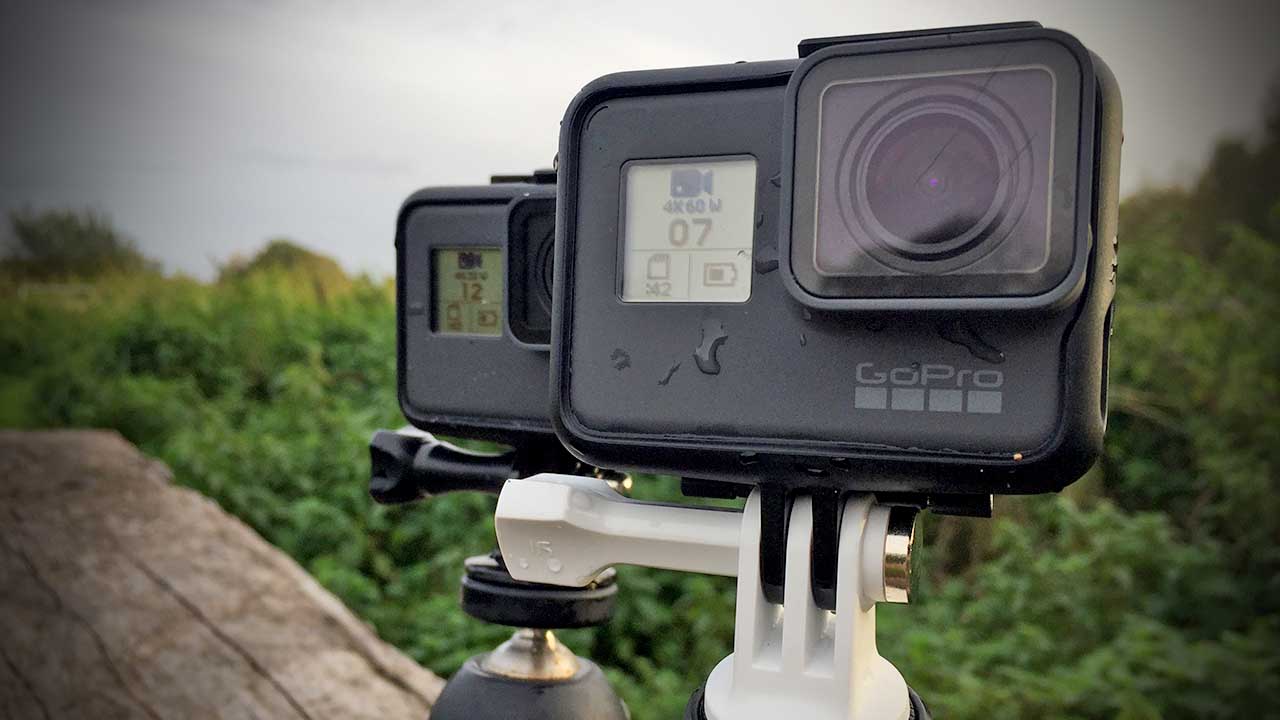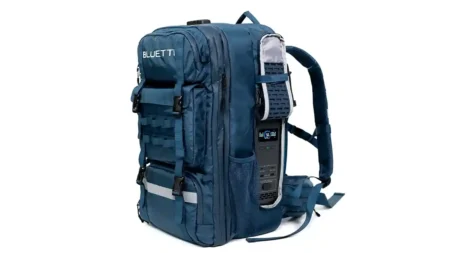GoPro Hero 6 Black Review Snap Verdict
The release of the GoPro Hero6 Black was highly anticipated in 2017. Despite its compact size, it has generated significant intrigue, questioning whether it can live up to its hype. After testing, it’s clear that the Hero6 Black is an impressive action camera, though it has some areas needing improvement.
For the GoPro Hero6 Black:
- 60fps at 4K
- 240fps at 1080p
- Compatible with Hero 5 accessories
Against the GoPro Hero6 Black:
- No live streaming feature
- Lens scratches easily
- Persistent audio issues
The Hero6 Black maintains the design of the Hero5 Black, with almost identical size, shape, and weight, ensuring compatibility with all Hero5 accessories. The major update is the inclusion of a new GP1 processor, enhancing the camera’s capabilities, particularly in terms of frame rates and image processing.
Key features include doubled frame rates from the previous model, offering 60fps at 4K and 240fps at 1080p for slow-motion footage. The camera also introduces a 4K 4:3 aspect ratio option, improved image stabilization, and updated ProTune settings, including a broader white balance range and shutter speed options.
New additions like touch zoom and cloud backup via GoPro Plus enhance functionality, although cloud backup requires a subscription fee. These updates, particularly the new processor, mark significant advancements in GoPro’s action camera lineup, showcasing improved performance and versatility.
Build quality and handling
The GoPro Hero6 Black maintains the familiar design and build quality of the Hero5, with its cage design offering waterproof protection up to 10 meters. The cage also allows for easy attachment to various mounts, fulfilling its dual function as a protective case and mounting solution.
The battery and MicroSD card compartment, accessible via a small press button, and the USB Type-C and HDMI ports on the camera’s side are well-designed for ease of use. However, the port cover can loosen over time. The lens, made from Gorilla Glass, is meant to be durable, though there have been reports of scratches, suggesting potential variability in lens quality.
Selecting options and filming
The Hero6 Black continues to use a large touchscreen for intuitive navigation and settings adjustments, similar to the Hero5. The addition of voice control further simplifies operation, allowing for hands-free start and stop of recordings. The menu system is streamlined, focusing on frequently used resolutions and frame rates, enhancing user experience.
New features include touch zoom, enabling digital zooming during recording, and automatic cloud upload as part of the GoPro Plus service, though this requires a subscription and the footage is optimized for web use.
Overall, the Hero6 Black offers solid build quality and user-friendly handling, with minor improvements and additions to its feature set compared to the previous model.
Performance
The GoPro Hero6 Black is powered by the new GP1 processor, which is central to all the enhancements and capabilities of the camera. This change marks a significant shift from the Ambarella processors used in previous models, aiming to set GoPro apart from other action cameras that also use Ambarella technology.
The GP1 processor is tasked with improving processing speed, which is evident in the camera’s responsiveness in navigating menus, reviewing footage, and capturing high-quality 4K at 60fps. The Hero6’s performance in these areas matches or exceeds that of the Hero5.
A notable upgrade in the Hero6 is the WiFi connectivity options, offering a choice between 5GHz and 2.4GHz for faster and more reliable connections. The addition of new voice commands enhances the user experience, maintaining good recognition rates.
Despite these improvements, the Hero6 encountered some initial issues, such as lens scratching and potential optical flaws like chromatic aberration in high-contrast scenes. However, these problems seemed to diminish with the replacement of the lens cover.
The real advancements of the Hero6 Black are in its image quality, with significant improvements in dynamic range, allowing for more detail in shadows and highlights. The camera’s ability to shoot 4K at 60fps enables smooth action footage, and its enhanced performance in low light conditions is a step up from previous models.
In summary, the GoPro Hero6 Black outperforms the Hero5 in several key areas, including image quality, frame rate capabilities, and connectivity options, solidifying its superiority in the action camera market.
Verdict
The GoPro Hero 6 Black retains the design elements of the Hero 5, making it familiar and easy to handle. Its weight and size are ideal for various mounting options, including on a helmet or even a pet. The modular design, especially with accessories like the Karma Grip, enhances its usability.
The Hero 6’s design facilitates easy lens replacement, although this can become costly. Its compatibility with widespread GoPro mounts offers great flexibility in camera placement.
Using the Hero 6 is a step up from previous models, with simplified menus and intuitive controls. The camera excels in voice control and app connectivity, maintaining GoPro’s reputation for having a user-friendly interface.
Video quality is where the Hero 6 truly shines, offering detailed, dynamic, and impressive footage. The enhanced frame rates, such as 1080p at 240fps and 120fps, provide quality slow-motion video, despite some pixelation under certain conditions.
The GoPro Hero 6 Black stands out in the action camera market, offering high-quality, versatile functionality suitable for a wide range of users, from families to professional broadcasters. However, its higher price point compared to competitors like the Yi 4K+ may be a consideration for potential buyers.
For those involved in extreme sports or needing a camera with high reliability and creative control, the Hero6 Black is a top choice. Fitness enthusiasts might prefer the Garmin Virb Ultra 30 for its specialized features, while vloggers could find the Yi 4K+ more suited to their needs.



